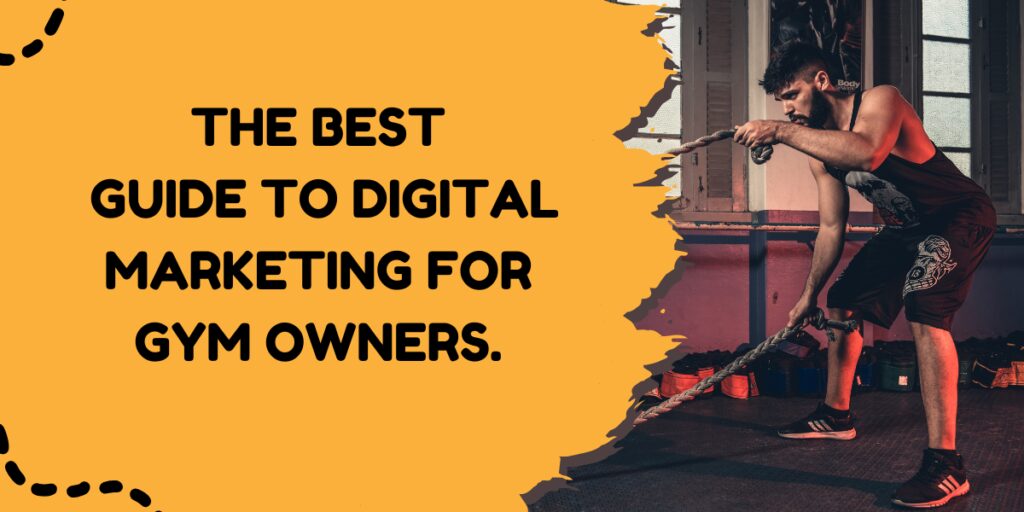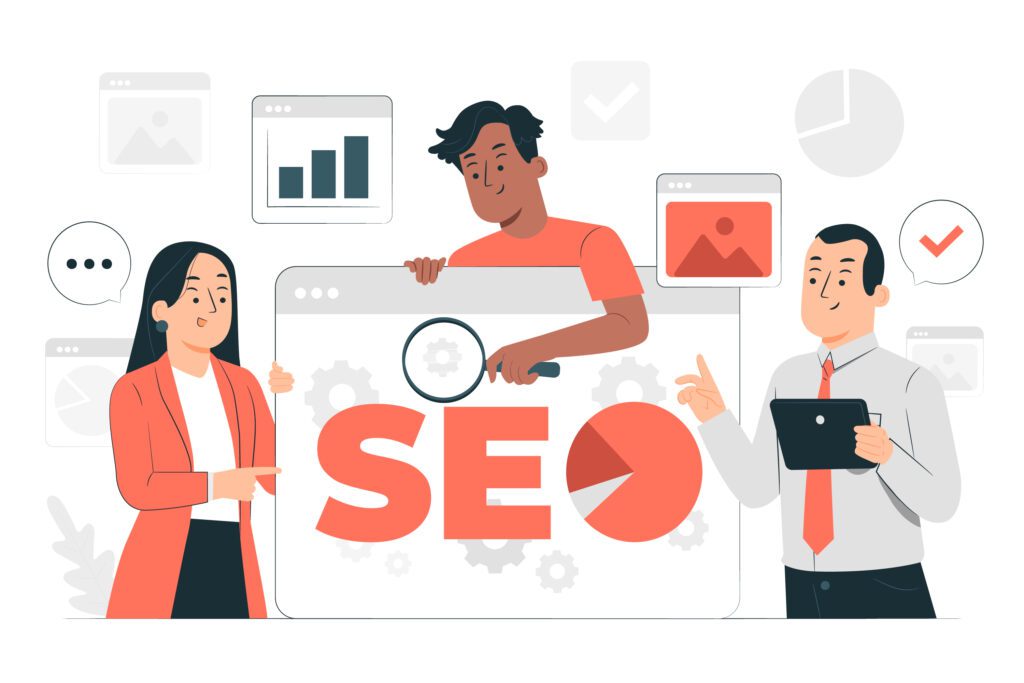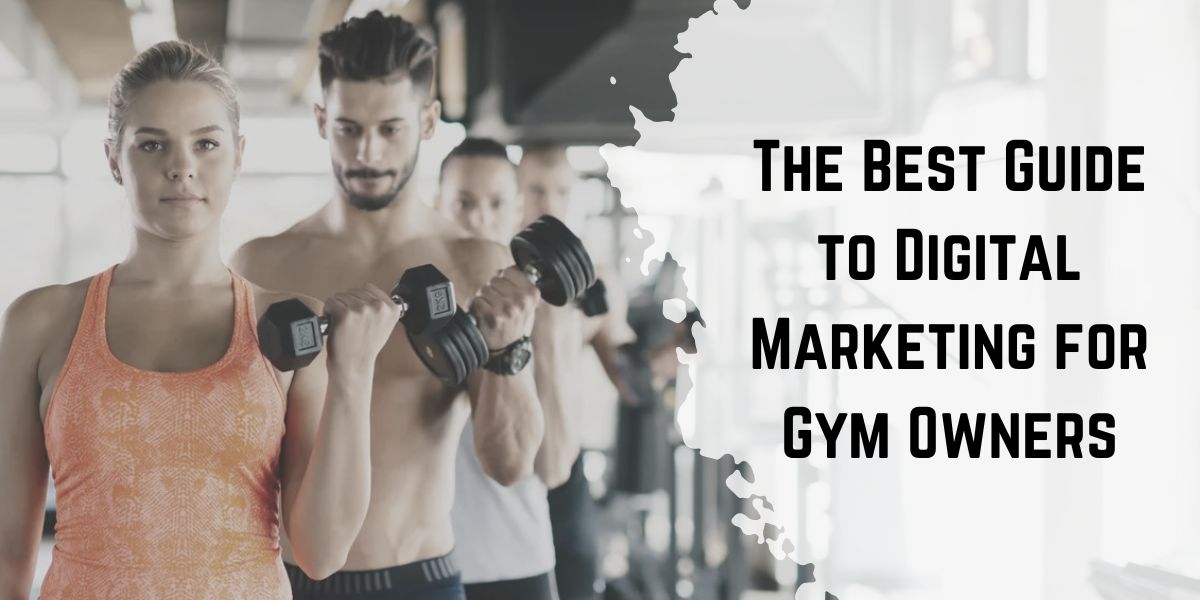
This makes it imperative for gym owners to invest in digital marketing to reach a larger audience. Add a subscription and take care of existing members This is because most people search for exercise options on the web. A strong online presence helps you stand out and win new customers. You can run targeted advertisements to potential customers in your area; it helps in interacting with customers using social media and email, and it also gives measurable results which help businesses in tweaking their marketing strategies.
Uderstanding your audience
By clarifying target demographics, gym owners would be able to work their marketing campaign in a manner that they would be more effectively reaching the clients they want to have. Digital marketing for gym can be applied for creating messages and offers that appeal to their ideal audience by identifying key traits like age, fitness level, where they live, and whether people want to lose weight, build muscle, or work on wellness. That precisely is the approach which brings in members that stay in it to win it.
Building customer personas involves creating detailed profiles of ideal members — their ages, lifestyles, and most importantly, their fitness goals and pain points. This enables gym owners to adjust their messaging, offers, and the platforms they promote on based on which persona or segment is more likely to convert. As a result, gyms can more effectively market to (and retain) members by targeting content and promotions toward these personas.
Building a Strong Online Presence
For many of you Your website will be the first time a potential customer interacts with your gym. The finished product will be fully responsive, ensuring it looks appealing on all devices (mobile, tablet, desktop). Simple navigation through digital marketing for gym allows visitors to find critical information, such as class schedules and membership packages, quickly. Fast load times mean users are less likely to leave in frustration, which increases engagement and conversion rates.
The objective of SEO is to enable gyms to reach higher positions in search results, which naturally benefits local clients. Local SEO: optimizing for location-based searches (e.g., “gyms near me” or similar) to appear when people nearby are searching. Instead, think about keyword targeting — for example, “beginner workout” or “personal training,” which people are searching. Additionally, blog content like fitness tips or workout routines can also increase your visibility and trustworthiness as a gym.
Gyms engage with prospects and members via their social media profiles on sites like Instagram, Facebook, and TikTok. Accounts must have a well-designed bio, complete with proper gym contact details and appealing visuals! In addition to optimizing by featuring #important hashtags, regularly posting content and highlighting member success stories, workout tips, or class updates are ways your gym can build a vibrant community around it.
Local SEO and Google My Business

Local visibility, or local rankings for relevance, are important for fitness centres, as most members are sourced from the areas around the gym. Improving the Google my business profile via digital marketing for gym ensures that your gym does not go unnoticed in local searches or Google maps, which helps potential customers find you with ease. Having an up-to-date profile with ‘who you are’, images, and impressions of your gym means the likelihood of walk-ins and inquiries also increases, as trust is built.
For every good gym, managing reviews is an asset. Obtain gratitude from satisfied members and ask them to leave reviews, which increases trust. Manage both negative and positive reviews simultaneously. Always thank users if they write something positive, but also try to explain the situation to those who left a negative review, as this makes users feel that their experience matters and that you are striving to improve. This, in turn, helps build confidence and encourages new clients to join.
Local keywords such as “gym in [city]” and “fitness centre near [neighbourhood]” enhance your site’s position in search results for nearby users. Such keywords help drive potential members in your vicinity to search online for your gym, thereby allowing local traffic to come and increase membership sign-ups.
Influence of Social Media Marketing

Choosing the right social media platform by means of digital marketing for gym will help ensure that your gym is effectively reaching its target audience. For example, Instagram is great for visually showcasing workouts and success stories, while Facebook is better for creating community and promote various activities Meanwhile, TikTok is attracting younger viewers with its fun and creative fitness content. Focus on the platforms where your ideal members spend the most time.
Paid social media campaigns help gyms reach a wider, more targeted audience. Set up ads on Instagram, Facebook, and other social media platforms. To target a specific demographic. These can include age, location, and interests such as fitness or wellness. In turn, this will ensure that promotions like special offers or new classes reach potential members who are most likely to join.
Content marketing for gym owners

Engaging content such as blog posts, exercise videos and infographics through digital marketing for gym can help your gym attract and retain members. Blogs offer helpful fitness tips. Video showing exercise or daily routine and infographics such as nutrition guides It makes complex information easier to see. This type of content positions your gym as an authoritative resource, increasing exposure and interaction.
A content calendar enables a gym to strategize and organize its posts across various platforms, thereby allowing consistent communication with its target audience. Pre-planning topics such as fitness tips, class schedules, and member success stories helps keep the audience regularly engaged while saving time and aligning content with important events or promotions.
Email Marketing for Member Retention and Engagement

An email list helps gyms remain connected with leads and existing members. Collect emails through sign-up forms, class registrations, or promotions. With this list, it can directly communicate updates, fitness tips, and special offers, keeping the audience engaged, which consequently encourages growth as well as retention among members.
Through digital marketing for gym Newsletters can engage and inform gym members. Updates about new classes or trainers can be included, exclusive offers can be promoted, and even success stories of members can be highlighted to inspire others. Catchy visuals with a friendly tone ensure that emails are effective and enjoyable.
Automated email sequences save time and help maintain consistent communication. An onboarding sequence may include a series of welcoming emails for new members, gym tips, and encouragement to participate. A re-engagement sequence could be designed with personalized messages for inactive members, featuring incentives such as special offers or reminders about their fitness goals to bring them back.
Paid Advertising for Gyms (PPC)
Google Ads and Facebook Ads help gyms recruit more members through targeted advertising. Google Ads use keywords like “gym near me” to ensure your gym appears in search results, thereby reaching individuals who are actively searching for fitness options. Conversely, Facebook Ads utilize demographic and interest-based targeting to connect with potential members through engaging visuals and offers, creating awareness and driving registration.
Ad targeting through digital marketing for gym for local customers ensures that all promotional efforts for the gym are directed toward people within the vicinity. This can be achieved by using location-based targeting, which helps show ads within a specific radius of the gym. Location-based targeting can be combined with filters applicable to the audience, such as age, fitness interests, or behaviour—for instance, recent movers— to attract potential members who are highly likely to join.
Setting a budget for an ad campaign involves setting spending limits based on your goals, such as increasing sign-ups. or promoting a new category Track metrics like clicks, leads, and conversions to measure your ROI (return on investment). This helps ensure that your ad spend creates value by effectively attracting subscribers and generating revenue.
Influencer Marketing and Partnerships
Finding local influencers and fitness personalities can be defined as the process of identifying potential candidates who have a significant following in your locality and align with your gym’s brand this is where digital marketing for gym comes in handy. Trainers, athletes, and wellness enthusiasts are the right individuals to promote your gym authentically to their audience. Collaboration will increase visibility and also attract potential members from their engaged community.
Cross-promotion partnerships can be structured with local businesses or influencers that provide additional services to the gym, such as health food stores or health coaches. Develop mutually beneficial campaigns, such as joint activities. Co-branded offers or social media attraction to share the audience and increase visibility for both sides.
Influencer marketing can be measured through various metrics. This includes engagement (likes, comments, shares), website traffic resulting from influencer promotions. and conversions (such as new signups or registrations). Unique discount codes or referral links can be utilized to directly attribute results to their efforts, thereby clarifying the ROI.
Tracking Metrics and Analysing Success
Some of the key performance indicators (KPIs) involved in digital marketing for gym include: Memberships. website traffic social media engagement (likes, comments, and shares) lead conversion rate and return on advertising spend (ROAS). KPIs help measure the success of your marketing efforts and provide suggestions for adjustments to achieve better results.
Google Analytics, social media insights, and advertising platform data comprise essential metrics that track the digital performance of your gym. Google Analytics provides information about website traffic, visitor behaviour, and conversions. Insights from social media reveal engagement, reach, and follower growth. Data from advertising platforms showcase campaign effectiveness through clicks and ROI. All these contribute to refining strategies for improved results.
Final Tips and Common Pitfalls
Don’t over-promote; maintain a balance between ads and useful content, such as fitness tips or success stories. Neglecting engagement—replying to comments or messages—makes your gym seem robotic. Build relationships with your audience to foster trust and loyalty.
Being adaptable and client-centric means listening for the latest trends and feedback to satisfy members’ needs. Modify marketing strategies based on the performance and preferences of the audience, which will help your gym remain relevant and continue to offer value, thereby boosting loyalty and growth.
Conclusion
Implementing initial strategies through digital marketing for gym such as social media and local SEO allows gym owners to concentrate on small, manageable goals and achieve quicker results. Once these become effective, email marketing or paid advertising can be added. This gradual growth ensures steady progress without overwhelming resources.
Interested in growing your gym? Our digital marketing professionals will help you gain more members, increase engagement, and dominate your local market. Reach out today for a free consultation!
Follow us on




